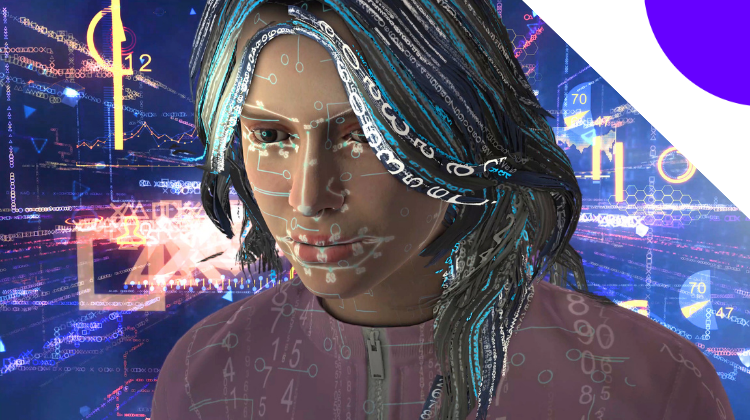Selfies play a dual role – in financial services, they also combat fraud
- Clicking a selfie for financial authentication has evolved from mere vanity to an essential tool to combat fraud.
- Despite having a fraud vulnerability of less than 5% and a pass rate exceeding 90%, facial authentication has drawn flak for its algorithmic inaccuracies.

Organized fraud attacks were staged 56% more from Q2’23 to Q3’23 in payments globally. Compared to other regions, the North American payments sector weathered a pronounced wave of attacks, driven by fraudsters seizing opportunities amid economic recovery and a jump in regional spending, according to a new report by AU10TIX.
Consumers are increasingly voicing concerns regarding the reliability of fraud mitigation processes, particularly in light of advancements in generative AI and deepfake technologies. The looming concern stems from the possibility that attackers might exploit deepfakes, injecting an element of deception into the verification process itself.

Fake face pictures are the most popular attempt at fraud, live selfie capture mode is the least favored means employed by bad actors in committing fraud globally, especially in North America. Clicking a selfie as financial authentication has evolved from mere vanity to an essential tool to combat fraud.



